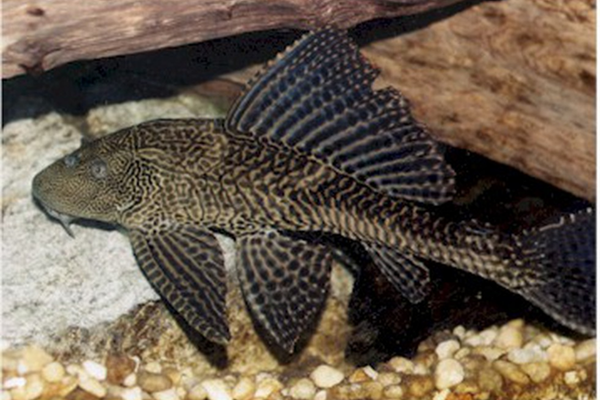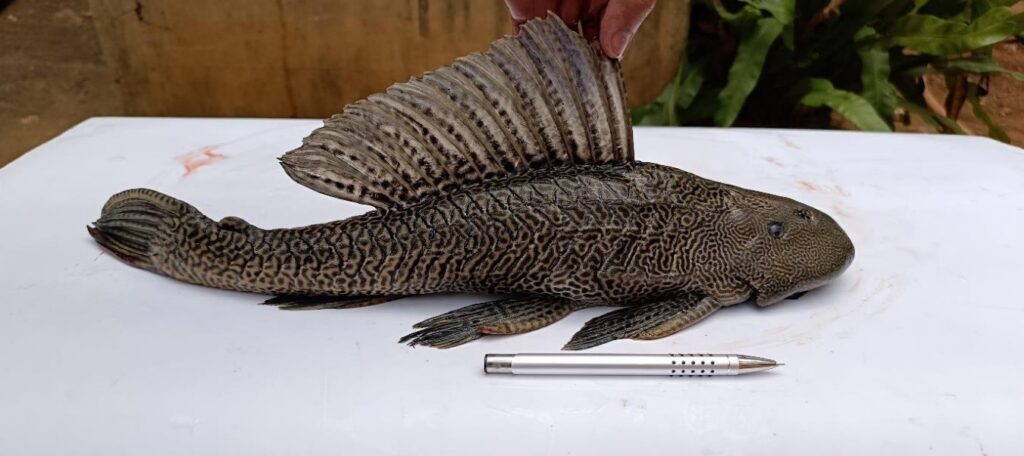CSIR-Centre for Cellular and Molecular Biology (CCMB) scientists have found out that the invasive armoured sailfin catfish has spread to 60% in the water bodies of Eastern Ghats.
About the Study:
- Technique Used: eDNA-based quantitative PCR assay, developed by CCMB scientists.
- Purpose: To map the presence and spread of invasive species using environmental DNA (eDNA) collected from water samples.
- Advantages of eDNA Method:
- More reliable and accurate than conventional methods.
- Cost-effective and capable of covering large landscapes rapidly.
- Enables simultaneous testing of about 20 water bodies in a single lab test.
Key Findings of the Study:
- Armoured sailfin catfish has spread to 60% of the water bodies in the Eastern Ghats.
- Causes significant ecological disruption, including damage to fishing nets.
- Contributions to Ecology:
- Facilitates early detection and management of invasive species.
- Supports the survival of native and economically important fish species.
- Helps preserve ecosystems and maintain ecological equilibrium.
About Armoured Sailfin Catfish (ASC):
- It is also known as Rakashi or devil fish.
- It was introduced for its unique appearance and its ability to clean algal growth in tanks and aquaria.
Ref: Source
| UPSC IAS Preparation Resources | |
| Current Affairs Analysis | Topperspedia |
| GS Shots | Simply Explained |
| Daily Flash Cards | Daily Quiz |



